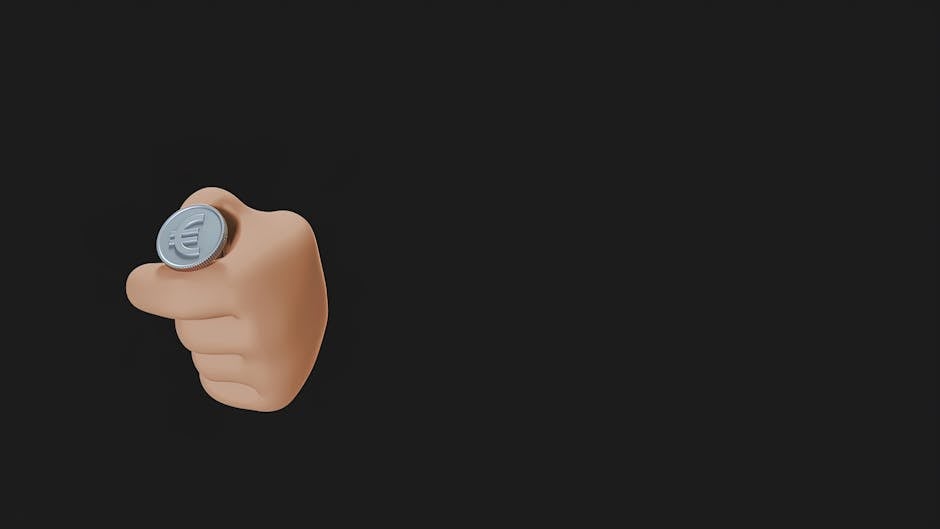The Financial Tightrope: Strategic Money Management for Freelance Graphic Designers

The Financial Tightrope: Strategic Money Management for Freelance Graphic Designers
In an era marked by rapid technological advances and shifting job markets, freelance graphic designers find themselves navigating a dynamic but often treacherous landscape. The growing gig economy has offered unparalleled flexibility and opportunities for creative professionals but has also brought with it challenges such as income volatility and unpredictable cash flow.
Understanding the Core Challenges
Income Volatility: Unlike traditional 9-to-5 jobs, freelance graphic designers experience significant fluctuations in their monthly earnings, which can complicate financial planning and stability. Cash Flow Shortfalls: The irregularity of projects can sometimes result in gaps where expenses outstrip income, leading to financial stress. Client Payment Preferences: With many clients preferring not to commit to regular payments, freelancers often struggle to predict their financial landscape.
Adopting Effective Financial Strategies
Despite these challenges, experts recommend a series of strategic approaches to help stabilize freelance finances:
- Systematic Tracking of Finances: Utilizing tools such as FreshBooks and PayPal can help freelancers keep a real-time tab on their financials, making it easier to manage income and expenses accurately.
- Building a Financial Buffer: Setting aside a portion of income during lucrative months can provide a much-needed cushion during leaner periods.
- Clear Payment Terms with Clients: Negotiating upfront deposits and setting strict payment timelines can help mitigate some of the unpredictability associated with freelance work.
Comparative Insights: Freelancers vs. Traditional Professionals
Unlike their counterparts in traditional roles, freelancers handle not only the creative aspect of their professions but also the complete financial management. This dual responsibility requires a keen understanding of both market dynamics and personal business acumen — a balance that is less pronounced in typical salaried positions.
Looking Ahead: The Future of Freelancing
As the gig economy matures, freelancers who adopt sophisticated financial strategies are more likely to thrive. Embracing both technology and network support systems offers a pathway to more sustainable practices.
Foresight in financial planning and adaptability in professional relationships will delineate the successful modern freelancer from the rest.
Conclusion: Embracing Change and Challenges
The shift towards a freelance-dominated creative industry is not without its trials. However, with thoughtful financial management and strategic client engagement, freelance graphic designers can not only survive but thrive in this evolving landscape. The future will belong to those who view these challenges as opportunities to innovate and who remain steadfast in managing their financial health with as much creativity as their design work.
Final Thoughts
This nuanced approach to freelance financial management is essential, not just for individual success but for the health of the broader creative economy. As we look to the future, the ability of freelancers to adapt and strategically plan will serve as a crucial barometer for their long-term viability and success.
